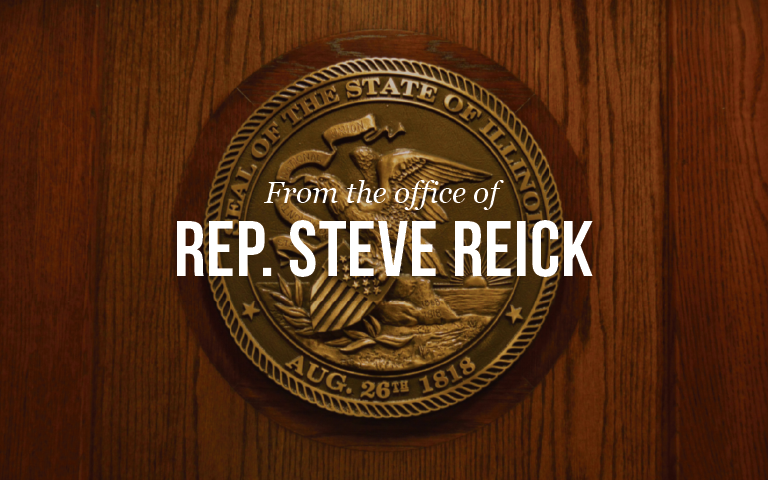With the announcement of Washington’s three-phase plan to begin opening up the economy after the COVID-19 lockdown, the focus now shifts to determining the extent to which states and municipalities meet certain “gating criteria” which show how the rate of infection has flattened and has begun to trend downward.
Part and parcel of that must be a robust system of testing, not just of those who have displayed symptoms of the disease, but also a testing system to determine those who possess antibodies to the virus, meaning that they’ve had the virus in their systems but did not display those symptoms and no longer have the virus.
A small test has recently been conducted in Santa Clara County in California, and Los Angeles. The results of the Santa Clara test can be found here. The LA test results will be published soon. Also, Major League Baseball is participating in the test, which will give researchers information about communities around the country.
The Santa Clara test showed an estimated infection rate by early April ranging from 48,000 and 81,000 people in a county of 1.9 million people, an exposure rate that is 50-85-fold more than the number of confirmed cases. The study concluded that: “(t)he population prevalence of SARS-CoV-2 antibodies in Santa Clara County implies that the infection is much more widespread than indicated by the number of confirmed cases.”
One of the researchers on this test, Dr. Jay Bhattacharya recently recorded an interview on the Hoover Institution’s Uncommon Knowledge. Watch this video on YouTube.
The interview is a follow-up of one done a month ago at the outset of our reaction to the virus, and is a sober discussion of the manner by which we can begin to accumulate the data we need to determine the true extent of the spread of the virus and a means of finding a path out of our current lockdown, including compliance with the roadmap outlined by the White House.
Dr. Bhattacharya clearly lays out the upsides and the downsides of what these studies will describe, and in no way undermines the current reaction to the virus, such as social distancing. However, he also points out that the biggest danger to public health lies in areas where the virus threatens to overwhelm the local health systems, such as Chicago, New York and other major population centers. Proper testing, including these types of antibody tests now being conducted, may provide us with a pathway to opening up our economy on a more granular and regional basis as we obtain more accurate data about the actual exposure rate and what that rate tells us about the lethality of the virus.
We must also take into consideration the public health impact from shutting down the economy, which is measurable in terms of depression, suicide, domestic violence and other negative behavioral outcomes. These cannot be discounted as part of the impact of what we’re going through.
Tests such as the one described above should be a top priority for our public health officials, because they would both serve to inform the public about the true extent and lethality of this invisible scourge and allow state leaders to make rational decisions on where to keep the current orders in place and where to allow some lessening of the restrictions. This won’t happen overnight, but would serve as a very good start. As Rich Lowry said in a recent post on National Review:
“If we are going to have 60,000 deaths with people not leaving their homes for more than a month, the number of deaths obviously would have been higher — much higher — if everyone had gone about business as usual. We didn’t lock down the country to try to prevent 60,000 deaths; we locked down the country to limit deaths to 60,000 (or whatever the ultimate toll is).”
Under our system of Federalism, the states are (properly) given the authority to make decisions regarding public safety. While none of us likes being subjected to executive orders about how we should conduct our public lives, doing so on a state-by-state basis is much better than dictates from Washington.
It’s going to be a long time, if ever, before our lives get back to normal, however you describe “normal”. But I think that people are showing that one of the best remedies for this crisis is information, which leads to them making decisions which are in their own best interests. Those interests will differ from person to person, but if the death toll from COVID-19 is far less than the most draconian predictions we’ve heard, we can all take credit for having used our best judgment, informed by the best information available, to help bend the curve downward.
